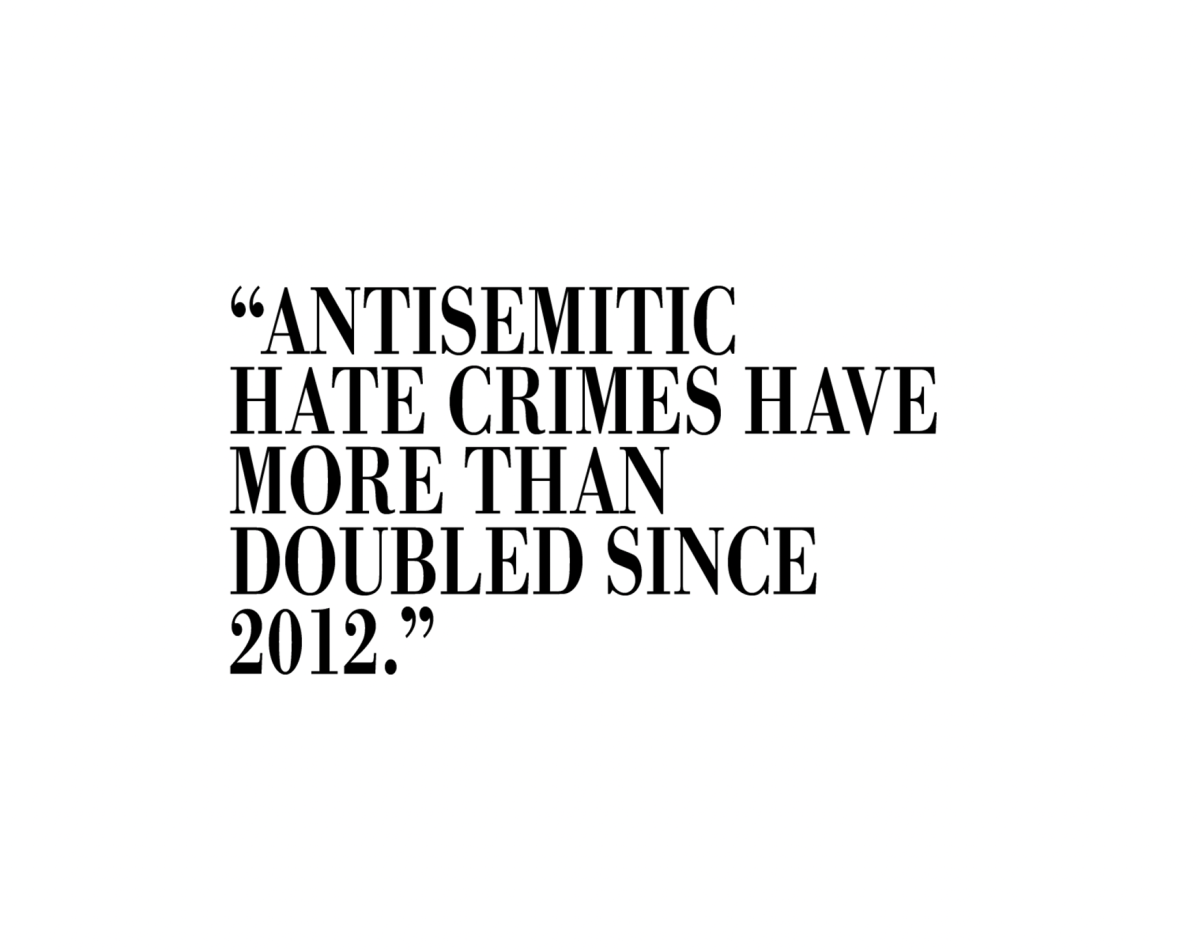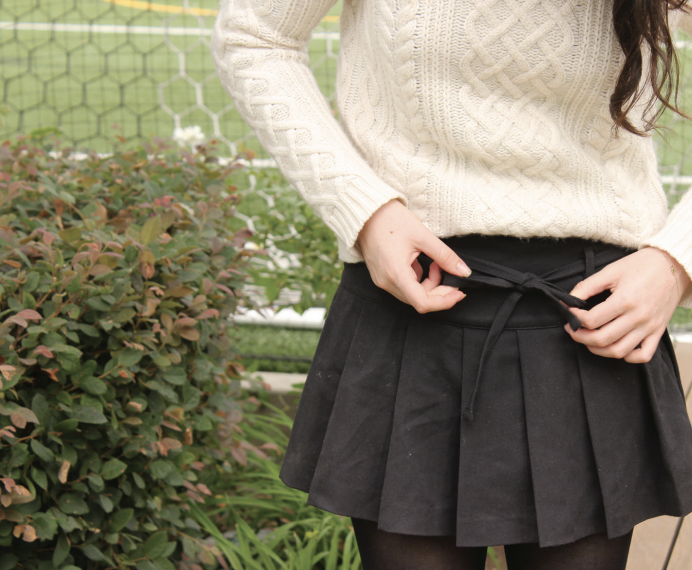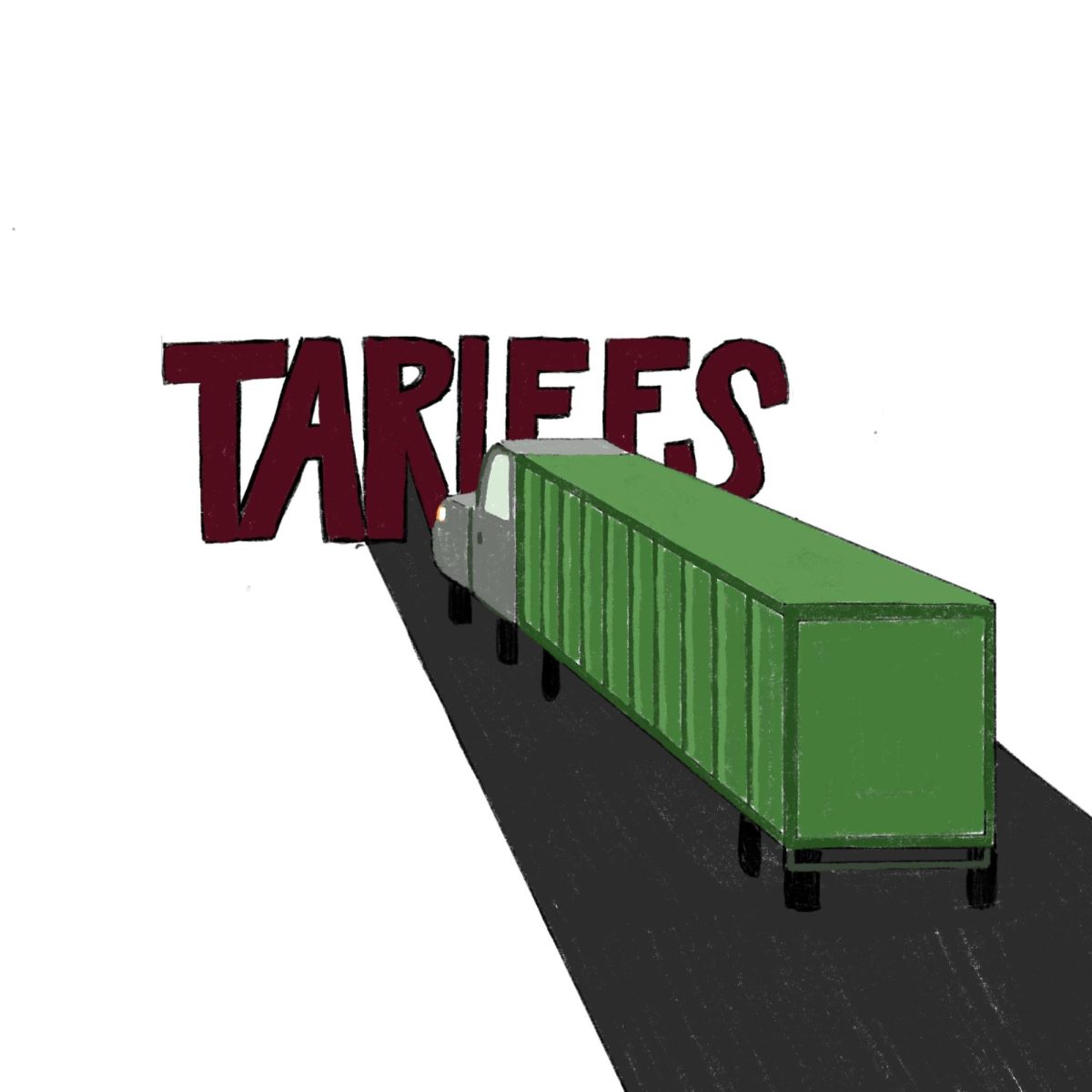After devastating fires broke out across Los Angeles this January, many Angelenos wanted to help the impacted communities. Pop-up donation centers and clothing drives sprung up across the city to help those who had lost their belongings to the fires.
The generosity of the Los Angeles community was palpable and inspiring. Donating is always a good choice; however, in this case, the sheer onslaught of donations was not entirely helpful for fire victims. In addition to people providing a surplus of clothing and not enough items such as food, toiletries and bedding, many people took clothing and textiles from their closets that were unwearable or unwanted, leaving organizations with the hefty responsibility of sifting through thousands of pounds of unusable clothing, thus impeding fire relief efforts. This unintended consequence is a reminder that clothing donations are not a guilt-free opportunity to purge damaged, stained and worn-out clothing you do not want, but should be treated as a thoughtful process meant to help others.
Ultimately, it is more beneficial to fire victims to donate only wearable items. This way, donation centers will have fewer materials to sort through, streamlining the process and getting worthy items to impacted individuals faster.
One donation center, founded by Jenna Cooper in her Hancock Park clothing shop +COOP, emphasized a mindset of quality over quantity.
“People went into their closets and said, ‘This is one of my favorite things, I can buy another one, so I’m going to bring it and give it to someone who needs it,’” Cooper said.
However, the sheer amount of unusable or unwanted items being dumped on donation centers may be a larger symbol of America’s overconsumption. It is estimated that the average American throws away around 82 pounds of textile waste every day. Though donating may seem like a more ethical solution to clothing waste, many of the unusable donations end up in landfills either way.
If you find yourself ending up with five trash bags full of clothing you want to donate after a closet cleanout, first, you may want to think of it as a sign of your overconsumption. After that, consider giving your more worn-down clothing items to companies with textile recycling programs. One example is SUAY, a sewing shop that has kept over 3.7 million pounds of textile waste out of landfills since 2017 through its textile recycling program.
Through more mindful donation habits, we can ensure that everyone in need receives the quality of support they deserve without harming the environment and burdening fire relief volunteers with unusable textiles.


















